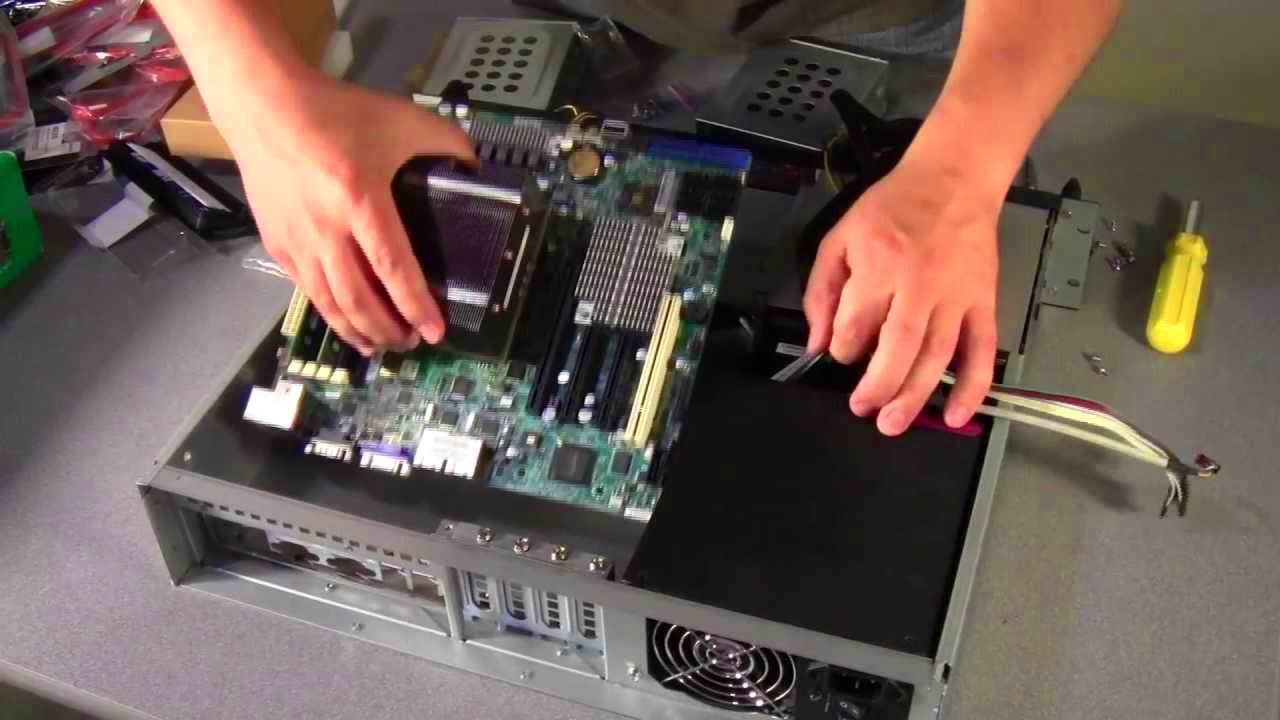When setting up a Proxmox home-lab, it’s important to choose the right hardware components. Here are some recommendations to consider:
Processor (CPU):
Look for a multi-core processor with high clock speeds, such as an Intel Core i7 or i9, or an AMD Ryzen 7 or Ryzen 9. More cores will enable you to run multiple virtual machines simultaneously without performance degradation.
Memory (RAM):
Aim for at least 16 GB of RAM, but consider going for 32 GB or more if your budget allows. Proxmox benefits from ample memory, ensuring smooth operation and the ability to run multiple virtual machines comfortably.
Storage:
Use a combination of solid-state drives (SSDs) and traditional hard disk drives (HDDs). SSDs provide fast read and write speeds, making them ideal for hosting your virtual machines and their disk images. HDDs can be used for bulk storage and backups. Consider NVMe SSDs for even faster storage performance.
Network Interface Cards (NICs): Depending on your network infrastructure and requirements, consider multiple NICs to segregate different network traffic or provide redundancy. Look for Gigabit or 10 Gigabit Ethernet cards from reputable brands.
Motherboard:
Select a motherboard that supports your chosen processor and provides ample expansion slots, USB ports, and SATA connectors. Look for a reliable brand with good compatibility with Linux-based operating systems like Proxmox.
Graphics Card (Optional):
For most Proxmox installations, a dedicated graphics card is unnecessary as the server can be accessed via the web interface. However, consider a suitable GPU if you plan to use the host for GPU-intensive workloads or want to enable hardware acceleration for certain applications.
SSDs for Hosting Virtual Machines:
SSDs offer significantly faster read and write speeds compared to HDDs. Host your virtual machines and their disk images on SSDs for improved performance, quicker boot times, and snappier overall operation. Consider high-quality SATA SSDs or NVMe SSDs for optimal performance.
Memory for Virtual Machine Allocation:
Allocate sufficient memory (RAM) to each virtual machine based on its workload and requirements. Consider the memory needs of Proxmox itself, the guest operating systems, and the specific applications running within the virtual machines. Dynamic memory allocation in Proxmox allows efficient resource management.
Conclusion:
Remember to consult Proxmox’s official hardware compatibility list and documentation for specific recommendations and compatibility information.
By combining these hardware components, including SSDs for hosting virtual machines and allocating sufficient memory to each VM, you can create a powerful and efficient Proxmox home-lab environment.
Thats it
As usual if you like this just buy me a coffee to keep me going.

if you have any questions just send email to RikkieBkk
 4301
4301


